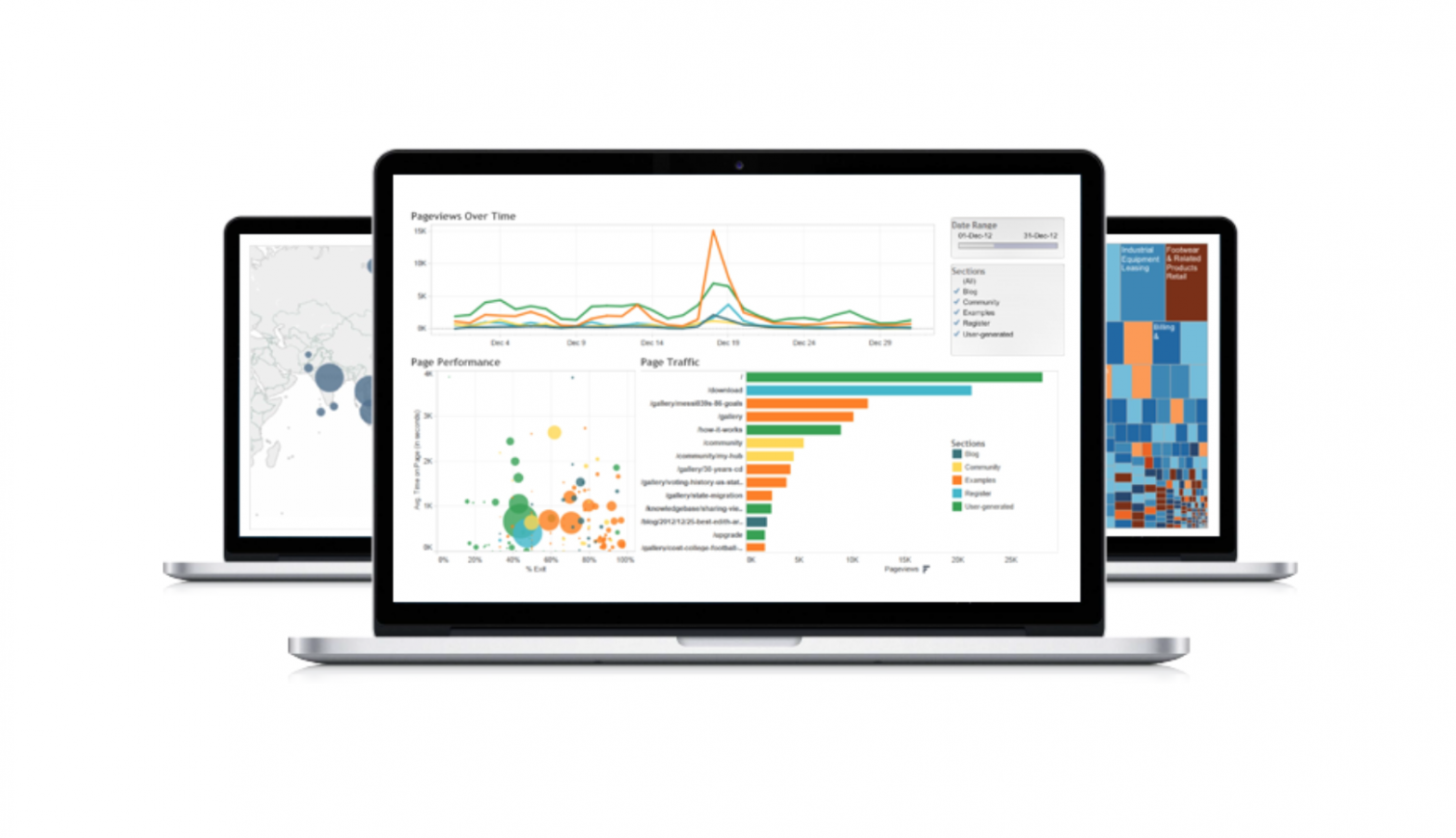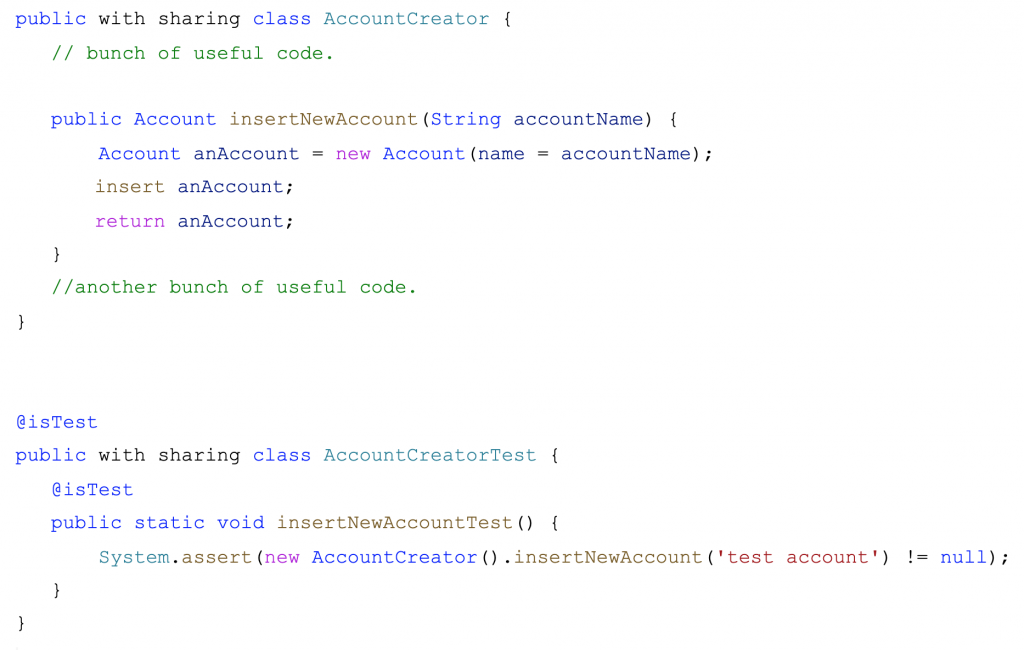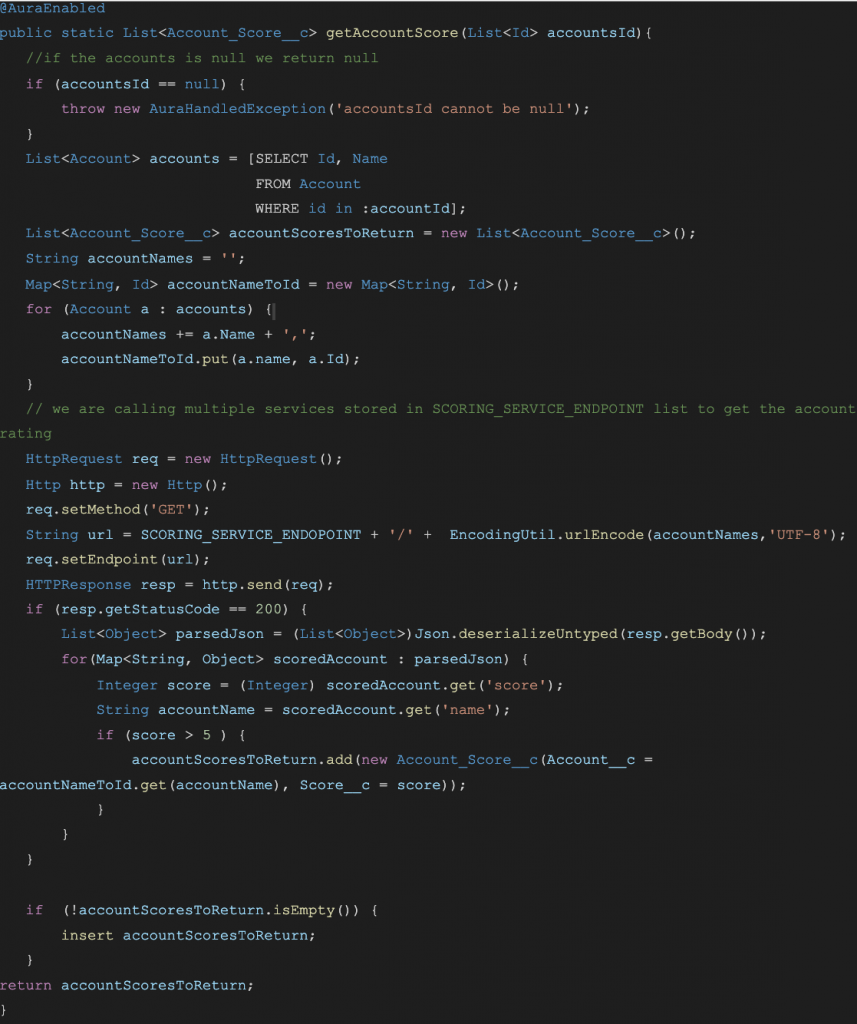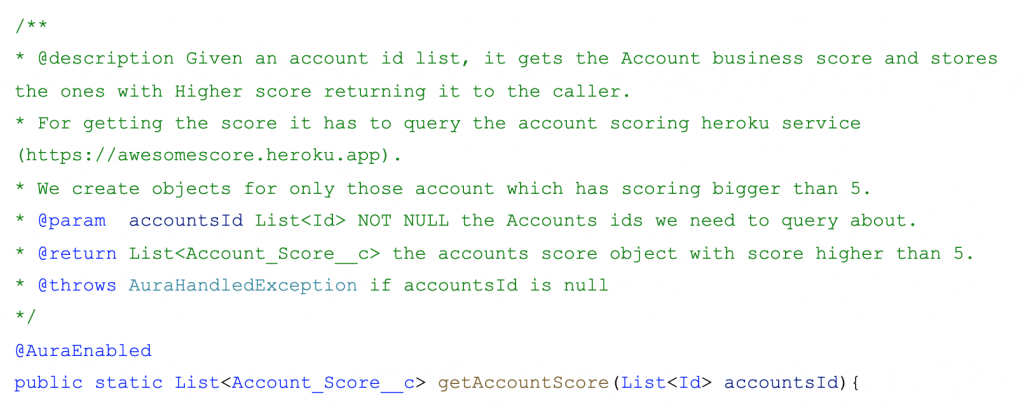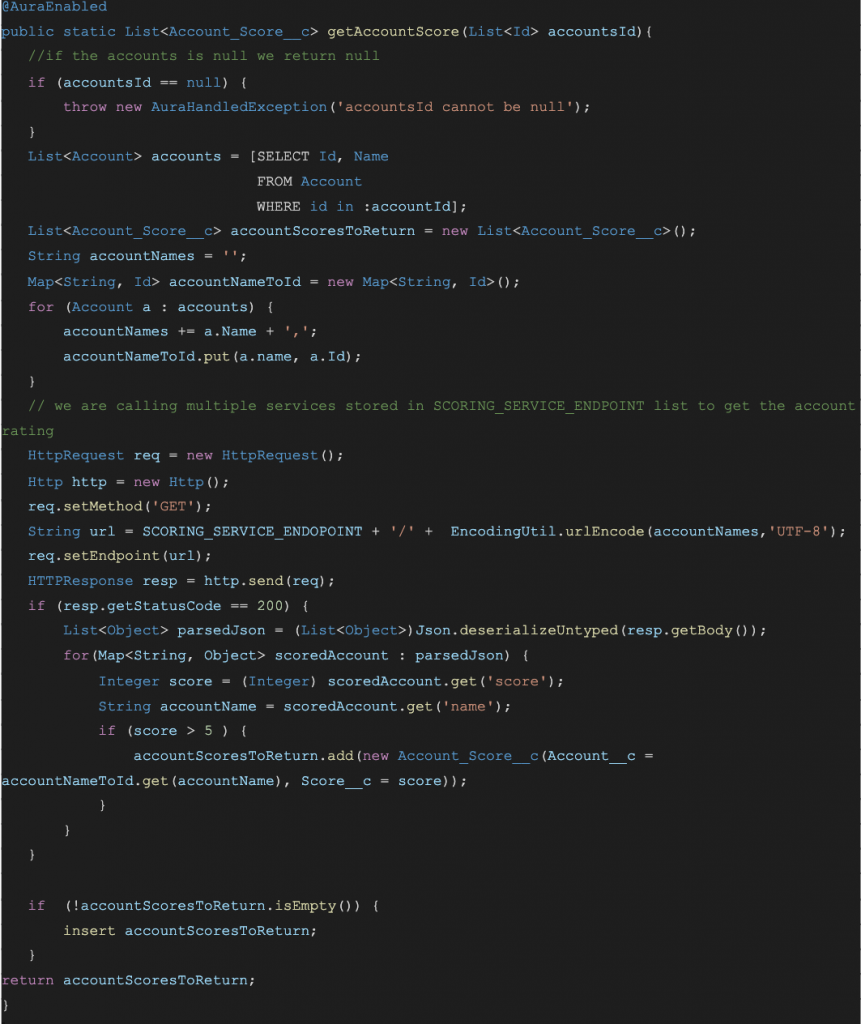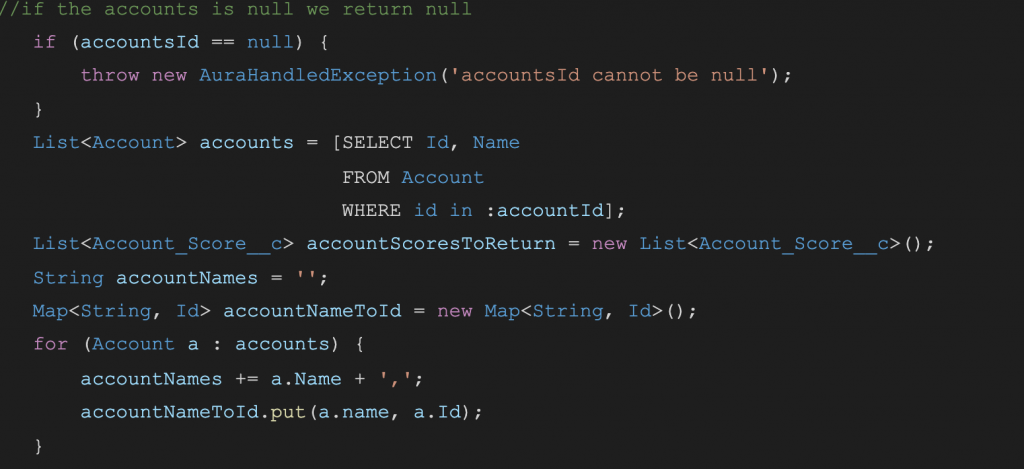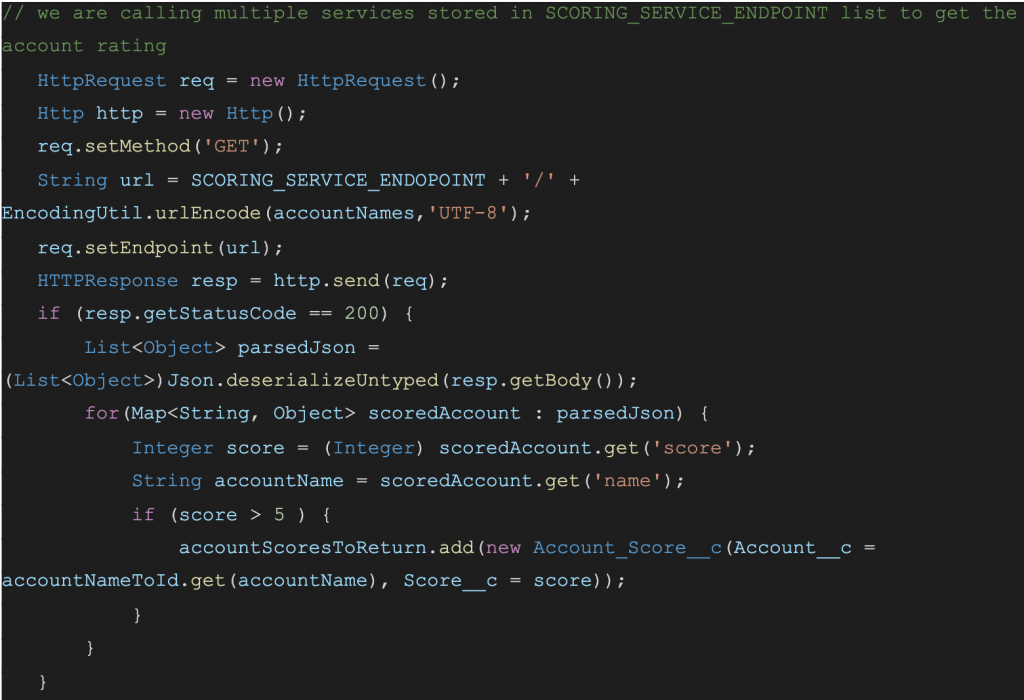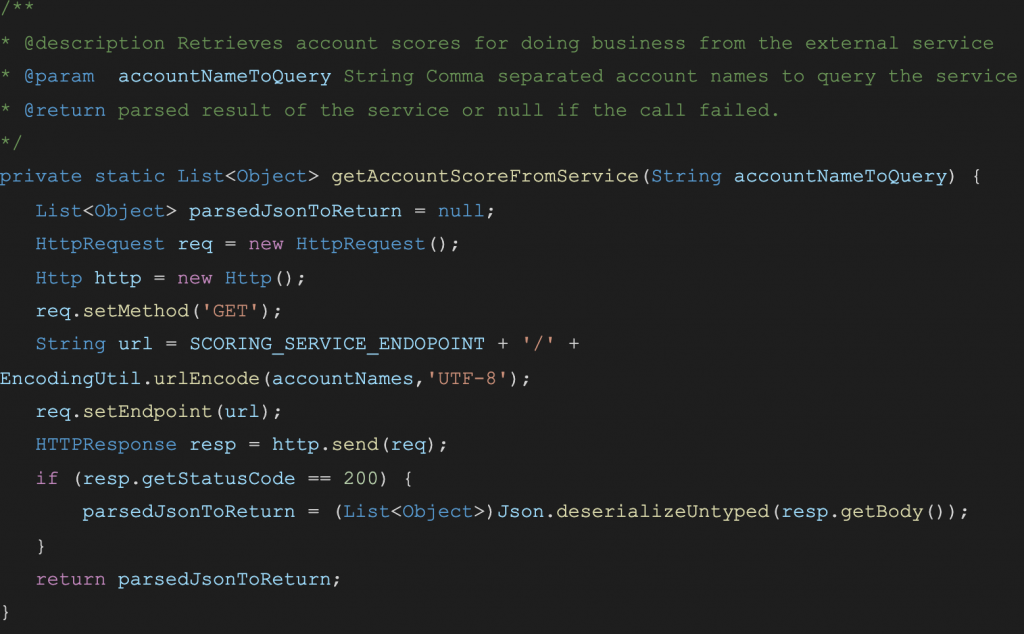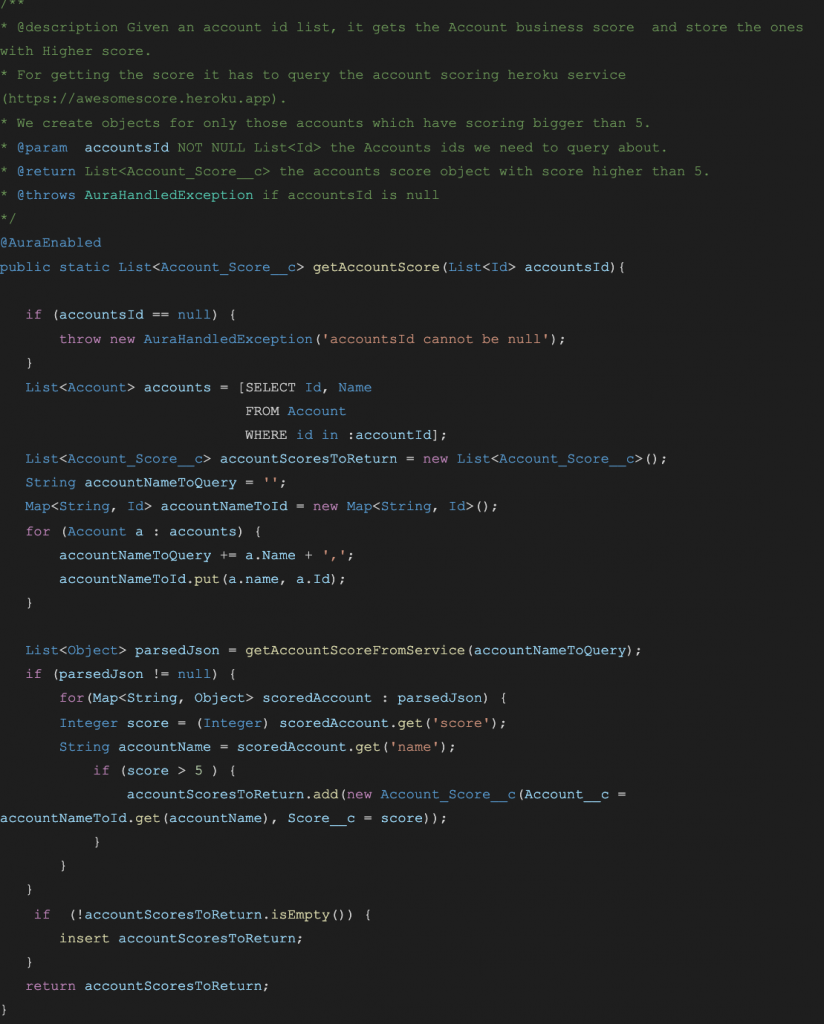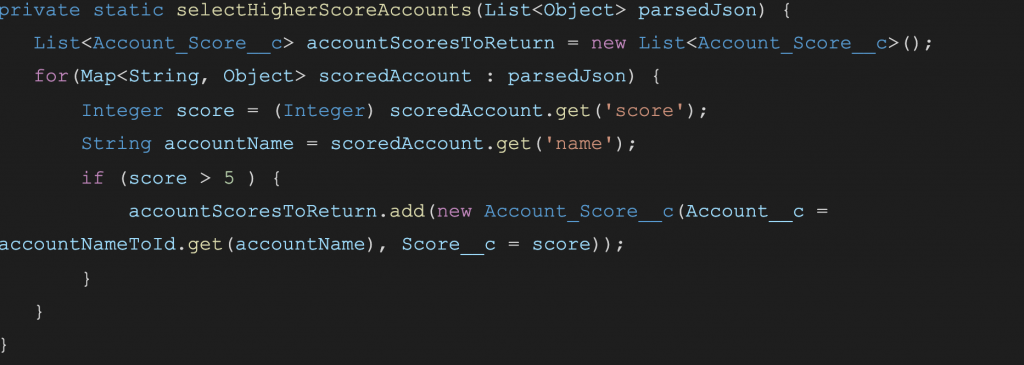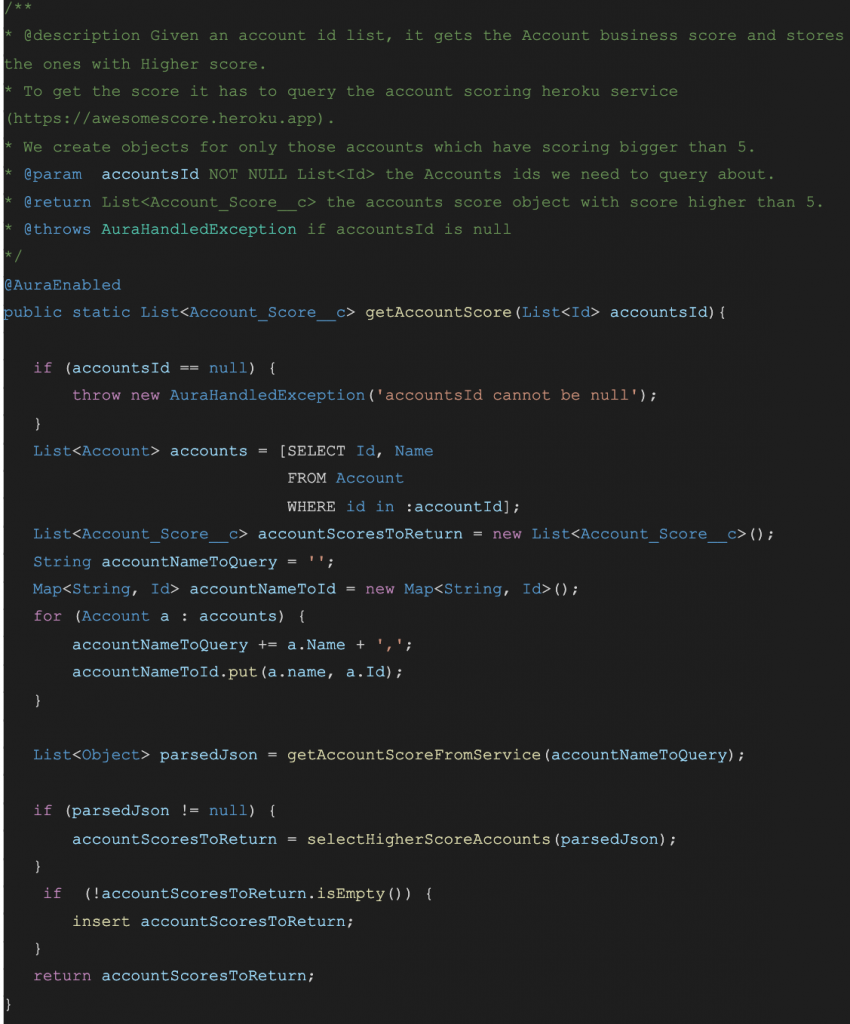In a world where changes take place at record speed, multitasking is a skill everyone should nurture. Imagine the world during the second half of the previous century. How did we communicate or work? Do you remember pen-pals, faxes, pagers? (I know you do). And the most important fact: How quickly were we able to connect with others in our jobs? It seems we used to take our time to get projects done, but let’s be honest, that is no longer a possibility.
We, as a tech company, understand this phenomenon from experience. As the world moves on, we feel a lack of time to get our projects done. The more connected we are, the bigger our workload gets. But don’t stress out. We want to share with you some strategies our team always takes into account to deal with simultaneous tasks and still deliver excellent results. So, if you need an extra perspective to manage your assignments, have a seat, and enjoy these tips:
1. Multitasking is about getting to know yourself
This is an inner journey and also the very first step. If you are not aware of your capabilities, limits, and expectations; your experience at work may become frustrating. It doesn’t matter at what point in your career you are, always take some time to identify your strengths and weaknesses. This knowledge will help you manage your goals, save you a lot of time, and avoid unreal expectations. Experiences and capabilities also give you the opportunity to leverage other kinds of resources like money, time, people, social networks, laws, and even technology. We know you can’t fully control them, but by using your skills wisely, you can maximize the benefits from them.
2. Identify your partners
As we mentioned before, people are a great source of value. Sometimes, the answer you need is in your co-workers’ mind and you haven’t even noticed. Do you work in teams? We bet you do. You and your colleagues have different professional backgrounds that may be of great help to each other to achieve complex assignments. Identify who may be your key partners and work together. We encourage our team to exchange knowledge and collaborate across the company through our channels. Even now that we are working remotely we always use Slack to quickly connect:
“[Slack] makes things easier when it comes to looking for the right teammate in the company as we all are on the same platform. Besides, I can quickly create Groups with the members of a team”
Joaquin G. – Dev team at Oktana Uruguay
3. Start small to build a productive routine
Okay. You know yourself and you know your teammates. Now, you notice your workload is getting larger and larger, and you don’t know what to do. Here you need to stay relaxed. It’s time to train your mind and body for multitasking and an efficient work shift. There is a simple way to get used to it: start small. Group tasks that are easy to handle for you and try to accomplish them simultaneously. Track your time and strive to get them done faster. This will help increase your productivity progressively. When you feel that everything starts getting more lean and seamless, congratulations: you have a smart routine sized for your needs!
4. Multitasking and collaboration are linked
Now that you have a routine and you are aware of your resources, you are ready to collaborate efficiently. And by “collaborate” we mean getting and giving the best from you and anyone on the team. If you strive for the same goal with your department and your company, your workload will decrease and you will see your projects getting done faster. If you are leading a team, teach your members that collaboration is key and provide them channels for real-time collaboration. (And you may also be interested in Leadership: How to manage your team the best way.) Dana, from Peru, tells us how it’s done at Oktana:
My work demands I talk with many co-workers on a daily basis and Slack provides me a unique chat platform where I can find them even if they are working abroad. Channels are great when I am involved in many projects and have to collaborate with many people at the same time.
Dana S. – Human Resources at Oktana Peru
These are just some strategies we use. Spread that mindset to your co-workers and it will impact your work. For more reading material you can also take a look at this Salesforce Trailhead module about Personal Productivity. As you apply everything you have learned today in your work, you will figure out new ways to multitask efficiently. When that happens, come back and share your ideas with us. Have a good one!







